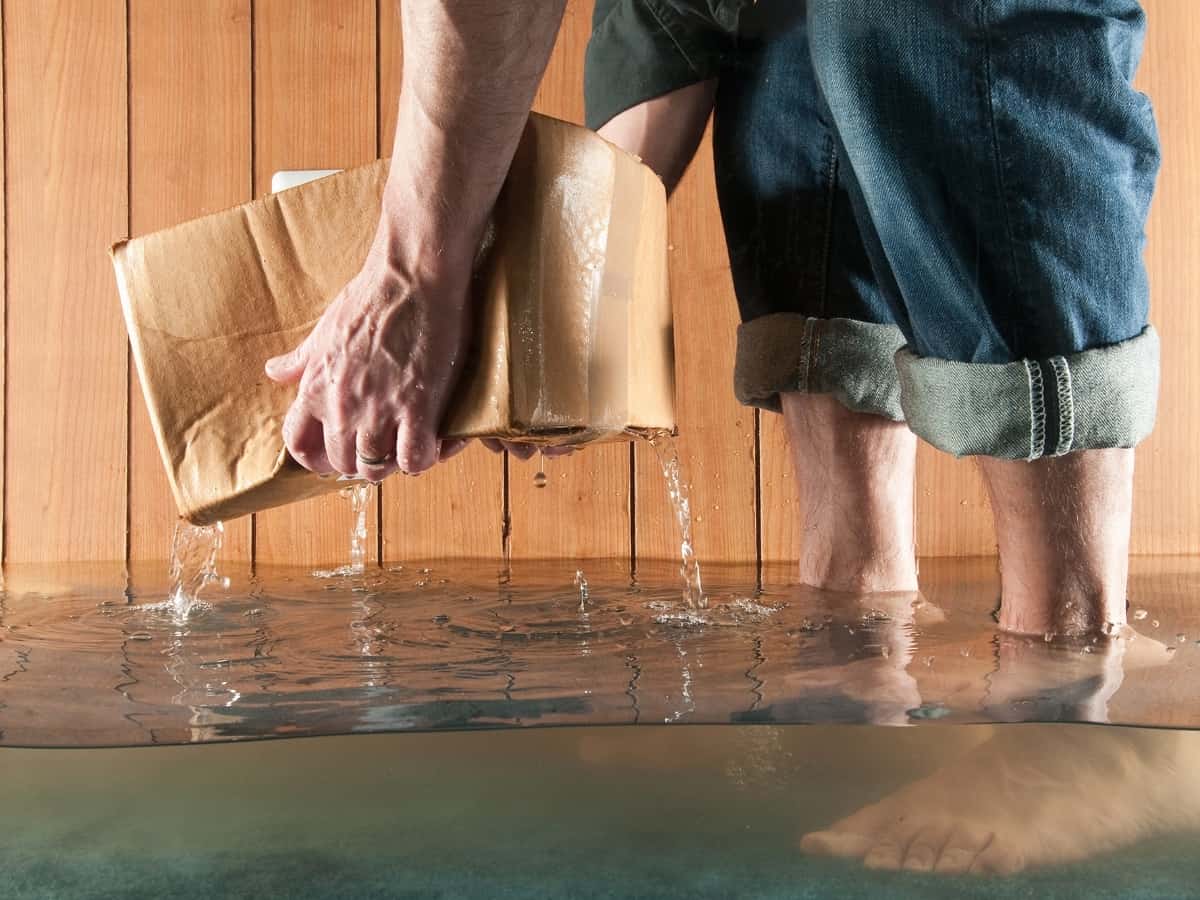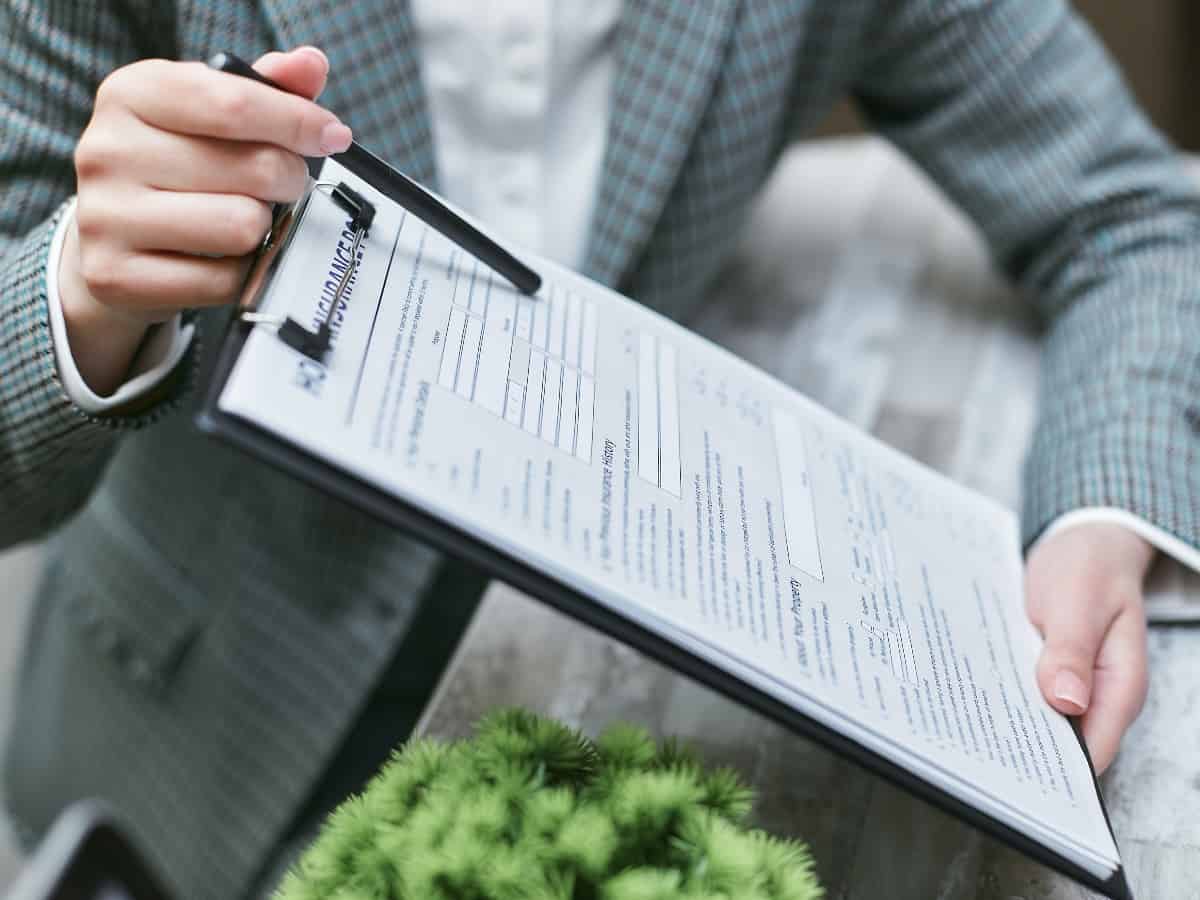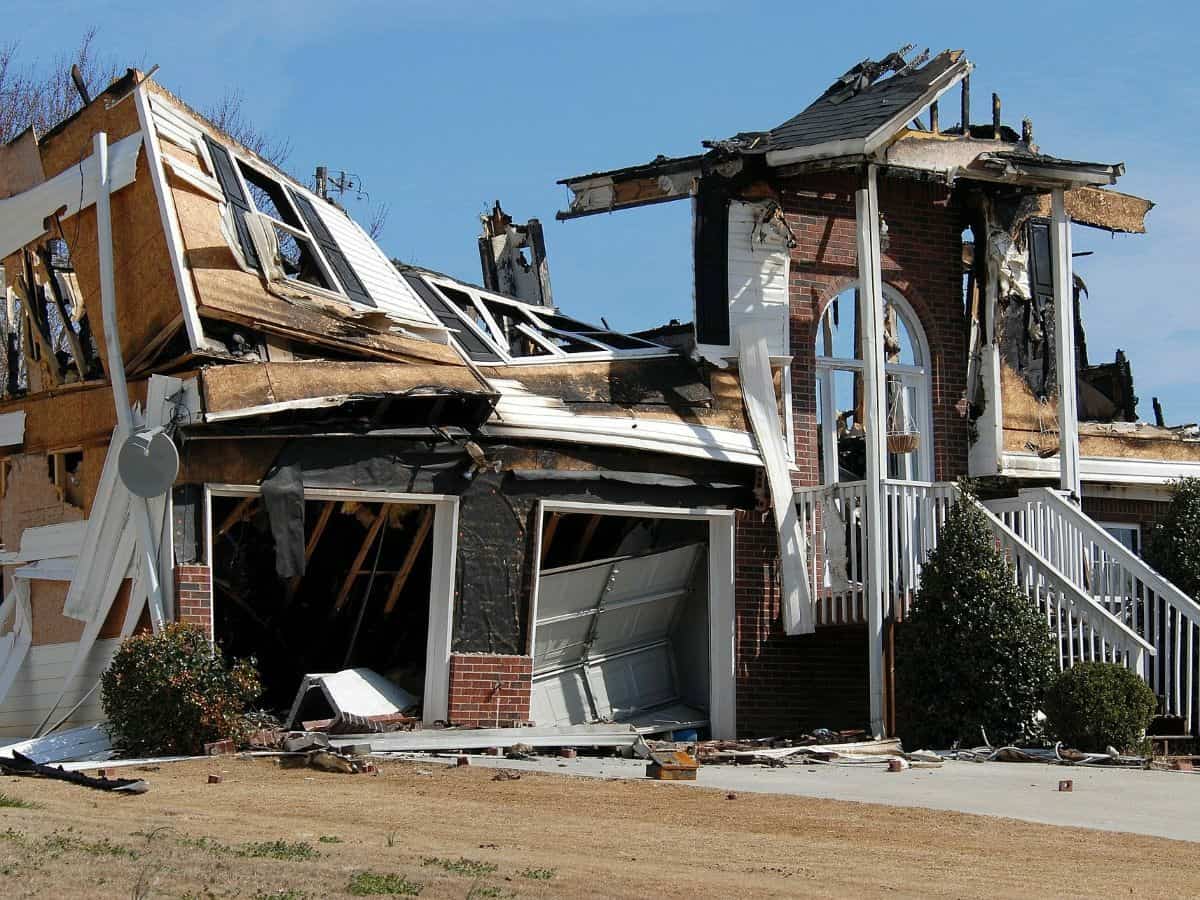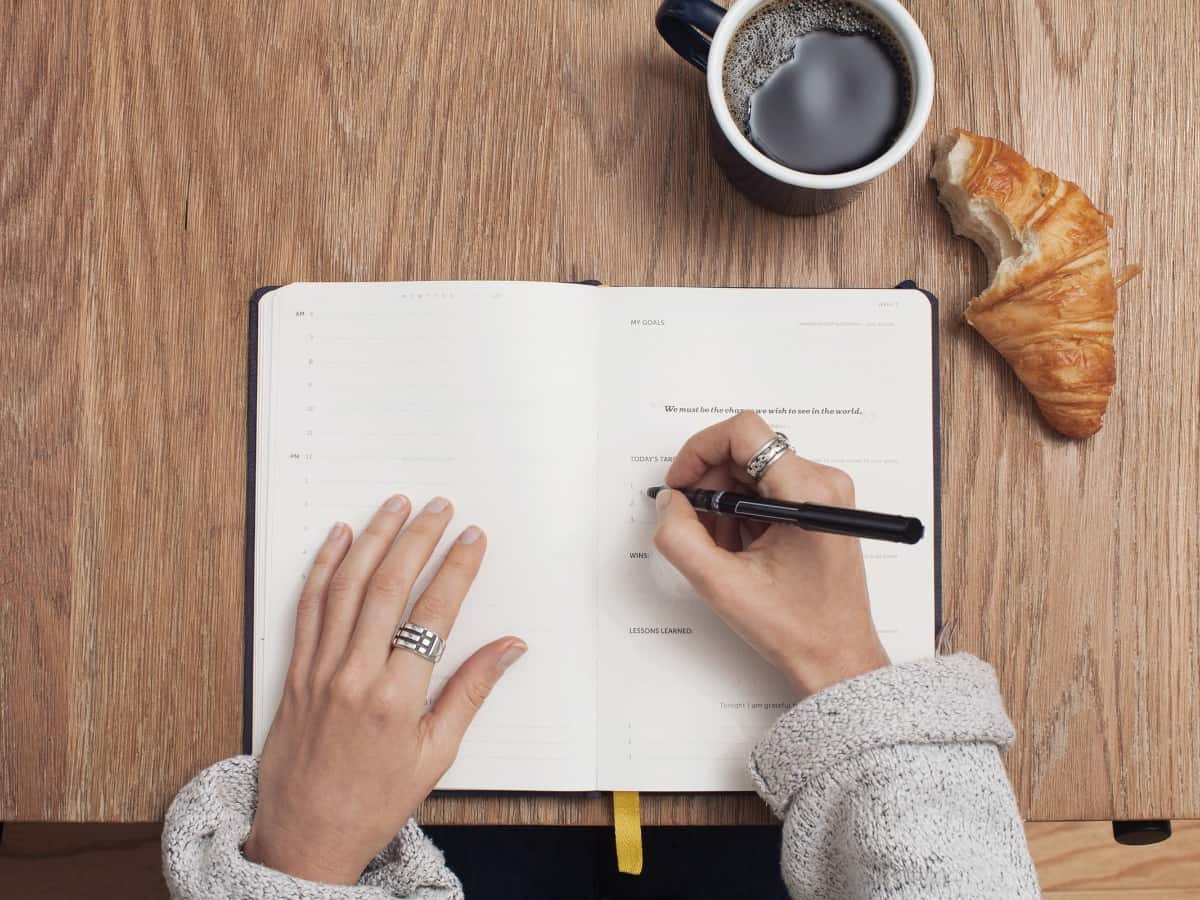Buying a home is one of the most exciting ventures anyone can undertake. And when you start this journey, you have a list of things you want in a home. But how often do you factor in home insurance in the home buying process? The home you buy will have some implications on your home insurance policy. That is why we advise you to consider home insurance when buying a home. The last thing you want is to realize that insuring your home is more costly than you expected. Here is a home insurance checklist that can guide you in making the decision.
Before You Start Shopping for a Home
Before you start looking for your next home, it is good to think of the costs that come with home ownership. You should also put yourself in a position where you get lower mortgage rates so that you can afford your new home and manage to make home insurance payments. Some of the important things to take care of are as highlighted below.
Review Your Credit Rating
Good credit will benefit many aspects of your life. It will make it easy to find good mortgage rates and also help you save money on home insurance. Get copies of your credit reports and review them for accuracy. More than a third of Americans find errors in their credit reports. The earlier you pinpoint these errors, the sooner they will be corrected. If your credit is not that good, start working on it.
Ger Renters Insurance Policy
Even before buying a home, if you are renting an apartment, purchase a renters insurance policy. The policy covers the cost of replacing or repairing your personal items. And if you have to move out as the house undergoes repairs, the policy will cover additional expenses such as accommodation and food. The advantage of renters insurance is that you start familiarizing yourself with home insurance early. By the time you are buying homeowners insurance, you already understand the basics.

Here Are Some of the Things You Should Look for in a Home When Shopping
As you shop for a new home, keep in mind that factors like the location, size, and other features of that house will affect the cost, availability, and choice of home insurance. With that said, your home insurance checklist should factor in the following.
The Age of the Home
Older homes are often beautiful with some distinct and ornate features. Unfortunately, because these features are costly to repair or replace, they are bound to raise the cost of insurance. Also, old electrical and plumbing systems tend to be unsafe. This makes older homes costly to insure. If an older home has caught your attention, find out the cost of updating these features and add that to the total cost of home ownership.
Construction of the House
If you are looking for a home near the gulf coast or Atlantic, choose a brick home as it will be able to resist a hurricane. And if you are buying in a seismic zone, ensure the house has been built with current building codes.
Quality and Location of the Fire Department
Houses close to quality fire departments will be cheaper to insure. The same also applies to homes closer to fire hydrants.
Safety Devices
A home equipped with fire, smoke, and alarm system will be cheaper to insure. But even if a home does not have this, you can invest in a home security system and lower your premiums. In addition, you can get insurance discounts when you install strong doors with deadbolt locks.
The Condition of the Roof
As you tour homes, inspect the roofs’ condition and ask how old they are. A newer roof not only keeps you and your family safer, but it also matters to insurance companies. Depending on the type of roof a house has, and whether it has been made with hail or fire-resistant materials, you may qualify for a discount.

Proximity to the Coastline
A home located near the coastline will be costly to insure. That is because the risk of hurricane or windstorm damage is higher than a home located further inland. Unfortunately, there are certain coastal communities where finding homeowners insurance coverage can be a challenge. That means one has to purchase insurance through a program run by the state, which may not provide adequate coverage.
Special Features Like a Swimming Pool
If a home has special features like a swimming pool and hot tub, you will need more liability insurance. To be on the safe side, consider buying an umbrella liability policy. If someone gets injured around your property and sues you, you will have enough coverage to pay for the arising legal fees.
Risk of Flooding
Flooding damage is usually not covered under a basic home insurance policy. So, if you are buying a home in an area prone to flooding, consider buying flood insurance. According to the National Flood Insurance Program (NFIP), around 90% of natural disasters are related to flooding. You can protect yourself by getting adequate flood insurance once you buy your home.
History of Earthquakes
Just like flooding, earthquakes are also not covered under a basic home insurance policy. In the US, California is one of the states that gets earthquakes frequently. However, other states have also experienced earthquakes, although not often. You will need to get earthquake insurance if you reside in a place prone to earthquakes.
Before Making an Offer
Before you can make an offer on a home, some important things that should be on your home insurance checklist are as mentioned.
Ask for the Loss History Report
Ask the home seller for the insurance loss history report for that home. Get to know the claims that have been filed for that home in the last five years. If there was damage, was it properly repaired? Even though this will not affect your insurance, knowing a home’s history will prepare you for what to expect.
Have the House Inspected
Home inspections are necessary. Let a professional inspect the home and give you a report about its condition. If the inspector finds any issues, then the insurance company will as well, and that will affect your insurance cost.

Purchasing Home Insurance
Once you own a home, the next step is purchasing home insurance. Knowing how to shop for home insurance will save you some money. Look up your coverage options and decide what policy is right for you. The coverage options to consider are as follows.
Dwelling Coverage
This type of coverage pays to repair or rebuild your home in case of damage. Attached structures like the garage are also covered here.
Other Structures Coverage
This coverage is for detached structures around your home, like the shed, fence, and gazebo. Here you are covered for the same hazards as dwelling coverage.
Personal Property Coverage
This type of coverage will help replace or repair your personal property if it is damaged or stolen. This includes furniture, electronics, appliances, and clothing. If you own valuable assets like musical instruments and jewelry, you will need additional coverage.
Additional Living Expenses
If your home has been exposed to a hazard like fire and you have to move out temporarily as it undergoes repair, the policy will cover the additional living expenses. The policy ensures you maintain a similar standard of living by covering things like food, hotel, and accommodation.
Personal Liability
If you are found to be legally responsible for a third party’s injury or property damage, this policy will protect you by covering the resulting expenses.
Creating a Home Inventory List
Your next item on your home insurance checklist is coming up with an inventory for your belongings. Here is what you should include in a home inventory list.
- A detailed description of an item, including the brand
- The date of purchase
- Value of the item
- Serial number
- Receipts
How to Make a Home Inventory
Here are some ideas on how to create a home inventory.
- Make a list- create the list by room or group items in categories such as electronics, artwork, jewelry, etc.
- Take photos of all your belongings. Even better, record a video while describing each item and zooming in on serial numbers.
- Use a home inventory app by the National Association of Insurance Commissioners to record all your belongings.

How To Estimate the Proper Rebuilding Cost
When buying home insurance, the insurer will ask for a rebuilding figure. They will want to know how much it will cost to rebuild your home. You can hire a surveyor to assess your home and give you the accurate value or use your mortgage valuation report to estimate the cost of rebuilding your home.



